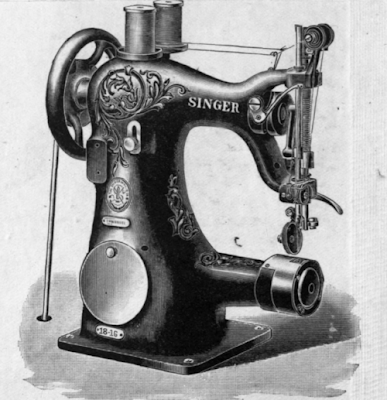On Tuesday I met with Justin and presented six of my ideas. After our discussion I had a clearer picture of what I wanted to include in my design. I took specifics from all six designs to include in my final piece. An example of this would be an interactive element which would allow individuals to touch the sculpture. Their touch would light the associated part of the brain portraying the sensory and motor elements of the brain. I also would like to include a beating heart in my design.
Another element that I wished to consider was the inclusion of water in the sculpture, water being so important to the existence of life. However, after discussing this with officials from the hospital, it would seem that this will not be possible due to the risk of legionnaire’s disease and the protection of infection control.
At this stage I have to consider the specific use of materials, tools and scale. To reduce possibilities and to encourage specifics I will construct a list of probable inclusions. This will be refined as I move on with the process.
Head
· No Face – sphere like shape
· Visual with lights
· Spinal element, no neck
· Light pad to represent the brain
· Windows – pictures ???
Body
· Visible in the middle
· Patterns inside and outside
· Windows – images (Derry/ L’Derry or body parts)????????- or images as part of pattern
· Lights in the spinal column
· Structure within a structure
· Suitable material for interaction
· Thermochromism paint on outer part – touch giving change. Heat will allow a picture or pattern to develop.
Heart
· Projected out
· Beat or flash representing the heart beat. ????????
Images of Derry inside the windows / or on pattern?
· Oak Tree
· Swallow
· Walls
· Bridges
· Shirt Factory
· Cathedrals
· Free Derry Corner
· Holly Well Trust
· Think historical rather than political.
Structure
· No rain pockets – infection control
· Fibre Glass
· Easy cleaned and cheap
Scale
· Height of person 5– 5.6ft
· Width 45cms =450mm
· Sides = 25 or 30cms
· Circumference = 140cms
· Consider height in relation to the visuals in the brain etc
· Plinth will be in a curve to allow wheelchair access
· Securing the sculpture?
I have begun my 3D model.




















































